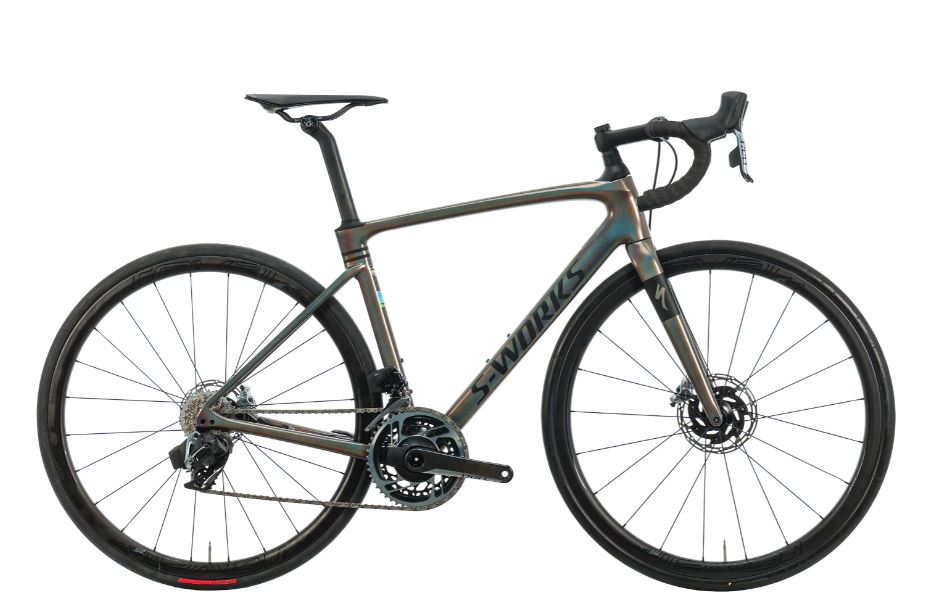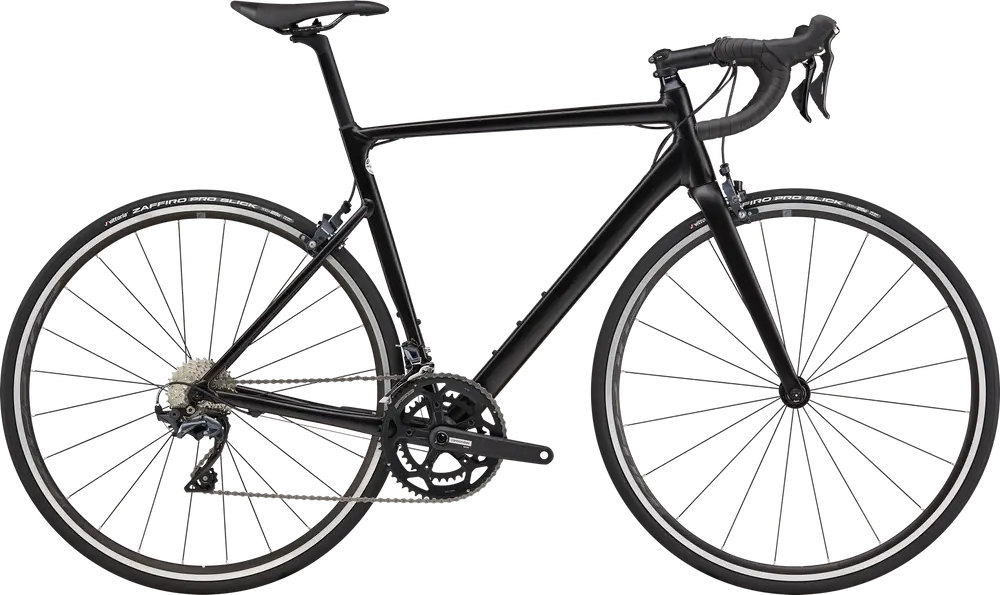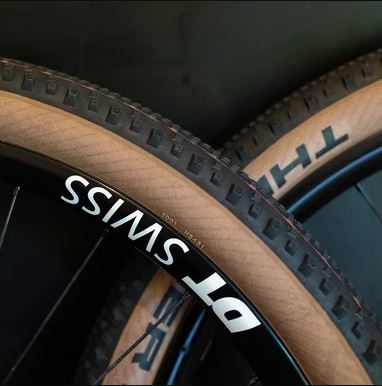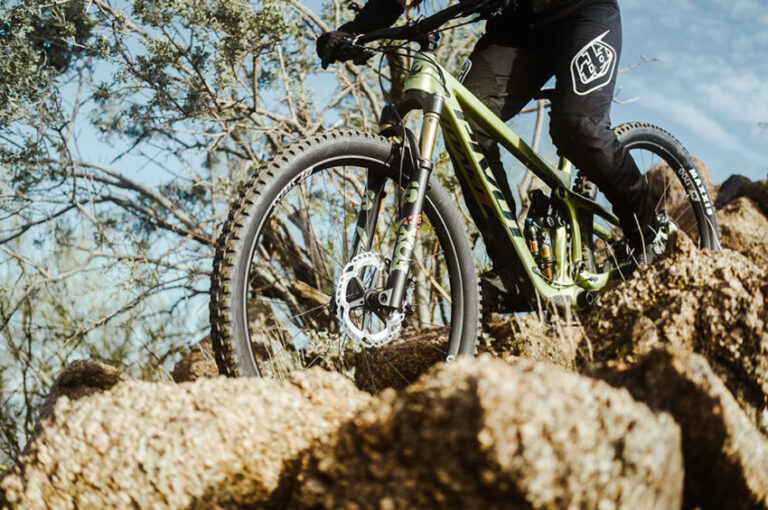Disc Versus Rim Brakes and Their Wheel Compatibility

Key Point Summary of Disc Versus Rim Brakes and Their Wheel Compatibility:
- Brake Types: Understand the fundamental differences between disc and rim in terms of mechanism and performance.
- Wheel Compatibility: Not all wheels are compatible with both types; disc brakes require specific hubs and rims.
- Performance Considerations: Disc brakes offer enhanced performance in wet conditions and on diverse terrains, while rim brakes are valued for their simplicity and weight advantages.
- Transitioning Between Brake Types: Switching from rim to disc brakes or vice versa often requires significant changes to your bike setup.
In my years of cycling across mountain biking, gravel, and cyclocross, the evolution of braking technology has been a constant source of discussion and adaptation. Disc brakes and rim brakes represent two fundamentally different approaches to slowing and stopping a bike, each with its unique benefits and compatibility requirements with wheels.
Understanding Brake Types
Disc brakes, now common on modern road bikes, mountain bikes, and gravel bikes, use a metal disc (rotor) attached to the wheel hub, which is squeezed by deceleration system pads mounted within a caliper. This system offers consistent braking performance in various conditions, especially in wet and muddy environments.

On the other hand, rim brakes employ pads that press directly onto the wheel rim to slow the bike down. This system has been around for decades, favored for its simplicity, ease of maintenance, and lightweight.

Wheel Compatibility Issues
When it comes to wheel compatibility, the differences between these two braking systems are significant. Disc brakes require wheels with specific hubs that can mount the deceleration system rotor, and the rims do not need a deceleration system track (the smooth surface where rim brake pads make contact). Conversely, rim brake wheels must have a deceleration system track but do not accommodate disc rotors. This distinction means that wheels are not universally interchangeable between bikes with different deceleration system types.
Performance Considerations
From my experience, disc brakes significantly outperform rim brakes in challenging conditions. Their ability to maintain braking power in wet and muddy conditions has made them a favorite for riders who frequently face such environments. Additionally, disc brakes allow for greater tire clearance, enabling the use of wider tires for improved comfort and traction. Rim brakes, while less effective in adverse conditions, still hold appeal for their lighter weight and the ease with which they can be serviced, making them a solid choice for riders prioritizing simplicity and performance in dry conditions.

Making the Transition
Switching from rim to disc brakes (or vice versa) is not a straightforward swap due to the different mounting systems and wheel requirements. Upgrading to disc brakes typically requires not only new wheels but also a frame and fork compatible with disc brake calipers and rotors. This transition can represent a significant investment but is often justified by the performance and safety enhancements disc brakes offer.
Disc Versus Rim Brakes and Their Wheel Compatibility: Concluding Thoughts
Choosing between disc and rim brakes is a critical decision that impacts bike performance, maintenance, and overall riding experience. While disc brakes offer superior performance in varied and wet conditions, rim brakes remain a viable and efficient option for riders focused on speed and simplicity in fair weather.
For road bikes equipped with disc brakes, the Specialized Roubaix is a notable model, designed for endurance riding with advanced vibration damping and powerful hydraulic disc brakes for superior stopping power and control in all weather conditions.

In the realm of rim brakes, the Cannondale CAAD13 stands out as a high-performance aluminum road bike. It’s celebrated for its exceptional handling and efficiency, equipped with traditional rim brakes that offer reliable stopping power and a lighter overall bike weight for competitive road cyclists.

Understanding the compatibility between your brake system and wheels is essential for ensuring optimal performance and safety on the road or trail. As cycling technology continues to evolve, staying informed about these key components will help you make the best choices for your riding style and conditions.
FAQ
Are all wheels compatible with disc brakes?
Not all wheels are compatible with disc brakes. Disc brake wheels need hubs that can accommodate rotors and are structurally designed to handle the forces exerted by disc braking.
What is the difference between rim brake wheels and disc brake wheels?
The difference between rim brake wheels and disc brake wheels lies in the hub design and the rim. Disc brake wheels have hubs with mountings for the brake rotors, and their rims don’t require a braking surface. Rim brake wheels have smooth braking surfaces on the rims and lack rotor mounts on the hubs.
Can I use disc brakes on rim wheels?
You cannot use disc brakes on traditional rim brake wheels because they lack the necessary hub mounting points for disc brake rotors and are not designed to withstand the different braking forces.
Why disc brakes are better than rim?
Disc brakes are considered better than rim brakes for several reasons: they provide more consistent stopping power, especially in wet and muddy conditions; allow for better modulation; are less affected by wheel true; and do not wear down the wheel rim.
Ride on
John






